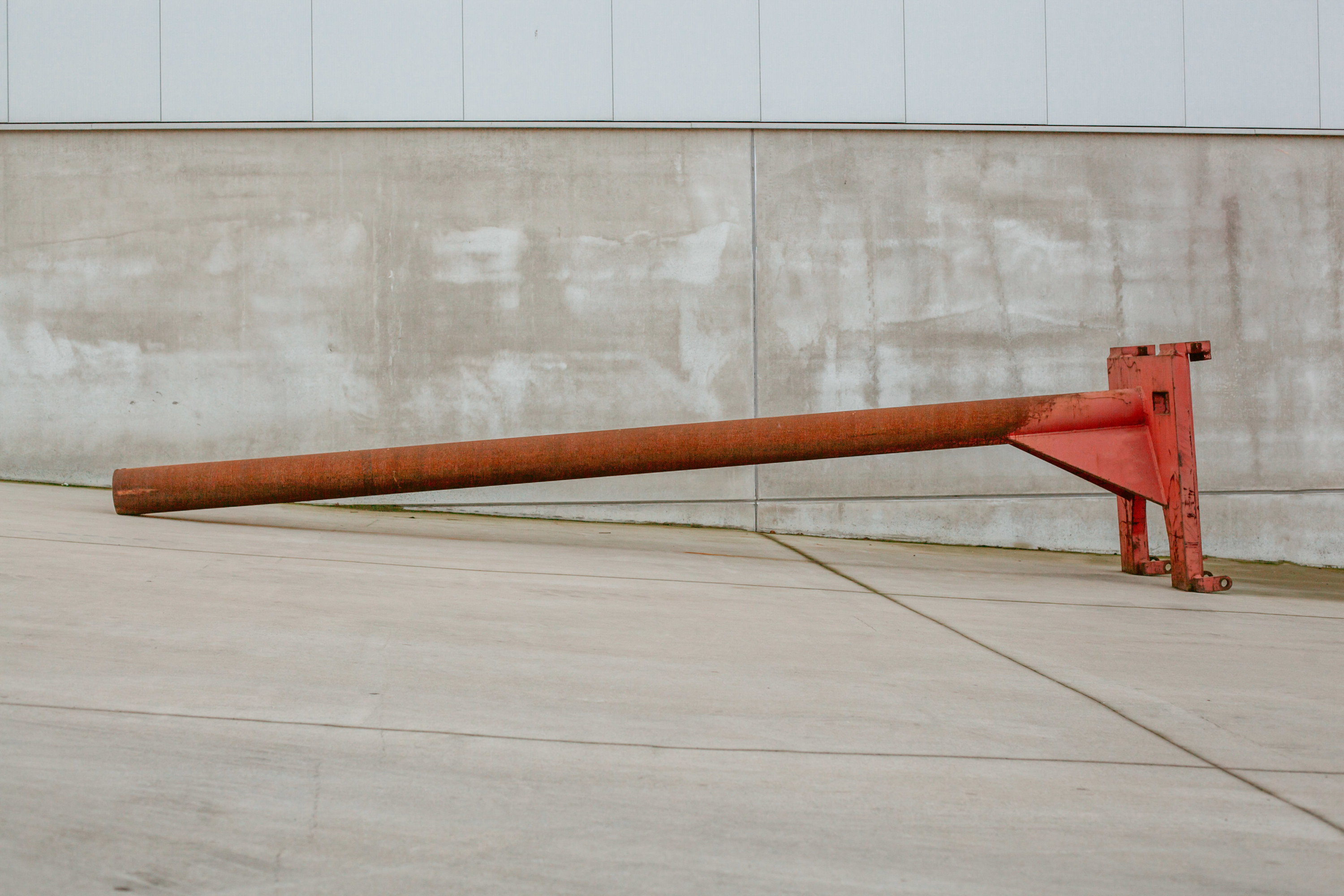Hay muchas razones por las que la fotografía con objetivos de 50 mm es una opción popular, e incluso tiene su propio apodo "Nifty Fifty". Toma imágenes supernítidas, y requiere un ojo talentoso para encuadrar la toma debido a su zoom limitado. Los fotógrafos defienden su bajo precio y su ligereza en la bolsa de la cámara, pero tiene sus limitaciones. Puede crear distorsiones al hacer retratos y es más difícil captar paisajes impresionantes sin un gran angular. Para [Tom Clabots], es un objetivo que cambió su mundo. A continuación nos cuenta cómo creció sin percepción de la profundidad y cómo se dio cuenta del poder de un objetivo de 50 mm.

Me llamo Tom y soy un fotógrafo de estilo de vida de Amberes, una pequeña ciudad de Bélgica. Cuando nací, allá por el 89, les dijeron a mis padres que era ciego y que probablemente seguiría ciego el resto de mi vida. Pero por suerte, 5 años y 15 operaciones después, pude ver el mundo por primera vez. No recuerdo mucho de aquella época, pero sí recuerdo que tuve que llevar durante años unas gruesas gafas bifocales a lo Steve Urkel, porque veía muy mal.
Me diagnosticaron glaucoma, cataratas y astigmatismo. Básicamente, esto significa que sólo puedo ver por un ojo a la vez, no tengo percepción de la profundidad y tengo visión de túnel.
Cuando era niño siempre llevaba un cámara desechable conmigo. La fotografía siempre desempeñó un papel importante en todo lo que hacía. Cuando eres joven, no eres muy consciente de lo que haces, ni de por qué haces algo. Sólo sabes que algo te gusta porque es divertido. Me encantaba poder captar lo que me rodeaba.
A los 16 años, empecé a utilizar la cámara Nikon D40 de mi padre mientras ahorraba dinero para comprarme mi propia cámara. Conseguí una Canon 5D Mark II con un objetivo de 50 mm y, a día de hoy, sigo sin saber por qué ni cómo ocurrió. ¿Por qué 50 mm? Pero lo cambió todo para mí.
La mayoría de la gente tiene un campo de visión muy abierto, pero esto es algo que yo nunca he experimentado debido a mi mala visión. Mis padres tardaron 18 años en explicarme cómo ve la gente normal. Siempre me imaginé que todo el mundo veía lo que tenía delante y punto.
Cuando me enteré de que todos podían ver también de lado, sin mover la cabeza, me quedé de piedra. Recuerdo que le pregunté a mi madre: "¿Cómo puedes vivir así? ¿No te da una migraña tremenda toda esa información?".



Por alguna razón, disparar con un objetivo de 50 mm siempre me resultaba muy familiar. No conseguía entender por qué. Entonces me di cuenta de que el campo de visión que proporciona es increíblemente parecido a la forma en que veo el mundo constantemente. Me di cuenta de que cuando miraba algo o a alguien, lo encuadraba todo al instante, porque así es como experimento el mundo.
¿Te has fijado alguna vez en cómo los fotógrafos tienden a saltar y moverse por una habitación mientras sostienen la cámara delante de la cara? Pues yo también lo hago, pero sin la cámara. Antes de hacer una foto, ya veo lo que quiero fotografiar con sólo mirar a mi alrededor y encuadrarlo todo.
Siempre me fijo en los pequeños detalles. Creo que en eso consiste mi fotografía. En fotografía, o incluso en la vida en general, te enseñan a ver siempre el conjunto. En mi caso es lo contrario. Soy el tipo que va por la calle y se fija en algo que nadie más habría visto sólo porque yo lo he visto por casualidad. También soy el tipo que empieza a mirar a su alrededor todo paranoico cuando alguien grita mi nombre por la calle y no consigo averiguar dónde está. Por eso siempre hago fotos: para mí, es una forma de ensamblar todas esas piezas sueltas de un puzzle mucho mayor.
Creo que todo fotógrafo debería aprender a conectar él mismo con sus imágenes. Aprendo constantemente cosas nuevas sobre composición, iluminación, colores e incluso qué fotografiar. Llevo haciendo fotos más de una década y mi forma de ver el mundo es totalmente distinta a la que tenía cuando empecé. Lo único que siempre ha permanecido igual es mi encuadre, mi propia visión y el objetivo de 50 mm con el que disparo. Me alegré mucho cuando descubrí ese pequeño bastardo. Me ayudó mucho a comunicar al mundo cómo experimento mi entorno. Me gusta darme cuenta de cosas nuevas. Me encanta tropezarme con esas situaciones cotidianas que pueden experimentarse como nuevas sólo porque la iluminación es diferente o porque las miro desde otro ángulo.
Ésa es la mayor ventaja: no necesito tener la cámara delante de la cara para ver nuevas composiciones, lo estoy viviendo 24 horas al día, 7 días a la semana.
Ver más trabajos de Tom Clabots en su portafolio, creado con Format.

















